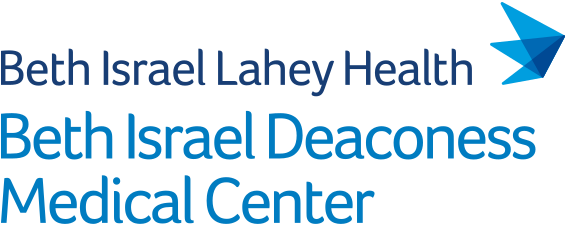INTRODUCTION: A four-drug regimen of guideline-directed medical therapy (GDMT) for heart failure with reduced ejection fraction (HFrEF) is underused, in part due to prescriber inertia and low patient adherence. Although fixed-dose combination pills ('polypills') have improved adherence and clinical outcomes for other conditions, there are no polypills available that combine multiple classes of GDMT for HFrEF. Pharmacy-level over-encapsulation, in which several tablets are combined into one capsule, offers an opportunity to create customised HFrEF polypills with the goal of improving delivery of HFrEF therapies.
METHODS AND ANALYSIS: In the COMBO-HF-X pilot crossover randomised clinical trial, we will enrol 30-40 patients with HFrEF in a safety-net public healthcare system in San Francisco, California. Participants will be randomised 1:1 to receive GDMT as individual tablets or as a customised, over-encapsulated HFrEF polypill. After 1 month, participants will cross over to the other formulation (individual tablets or a HFrEF polypill). Participants will attend in-person visits at 0, 4 and 8 weeks. GDMT will be initiated and titrated by study physicians as clinically indicated in accordance with HFrEF treatment guidelines. The primary outcome will be adherence to GDMT by pill count. Key feasibility outcomes will include the successful recruitment of 30-40 participants and completion of study procedures for at least 20 participants. Implementation outcomes will include the cost and time required for HFrEF polypill preparation, which will be performed by a community pharmacy partner. Exploratory clinical outcomes will include change in N-terminal pro-B-type natriuretic peptide (NT-proBNP) level and Kansas City Cardiomyopathy Questionnaire. Acceptability will be assessed through a patient exit survey and semistructured exit interviews with patients, their primary care and cardiology providers, and pharmacy staff.
ETHICS AND DISSEMINATION: Study findings will be published in peer-reviewed journals. The protocol of this study was approved by the Institutional Review Board of the University of California, San Francisco. Written informed consent for COMBO-HF-X was obtained from all participants.
TRIAL REGISTRATION NUMBER: NCT06029712.

